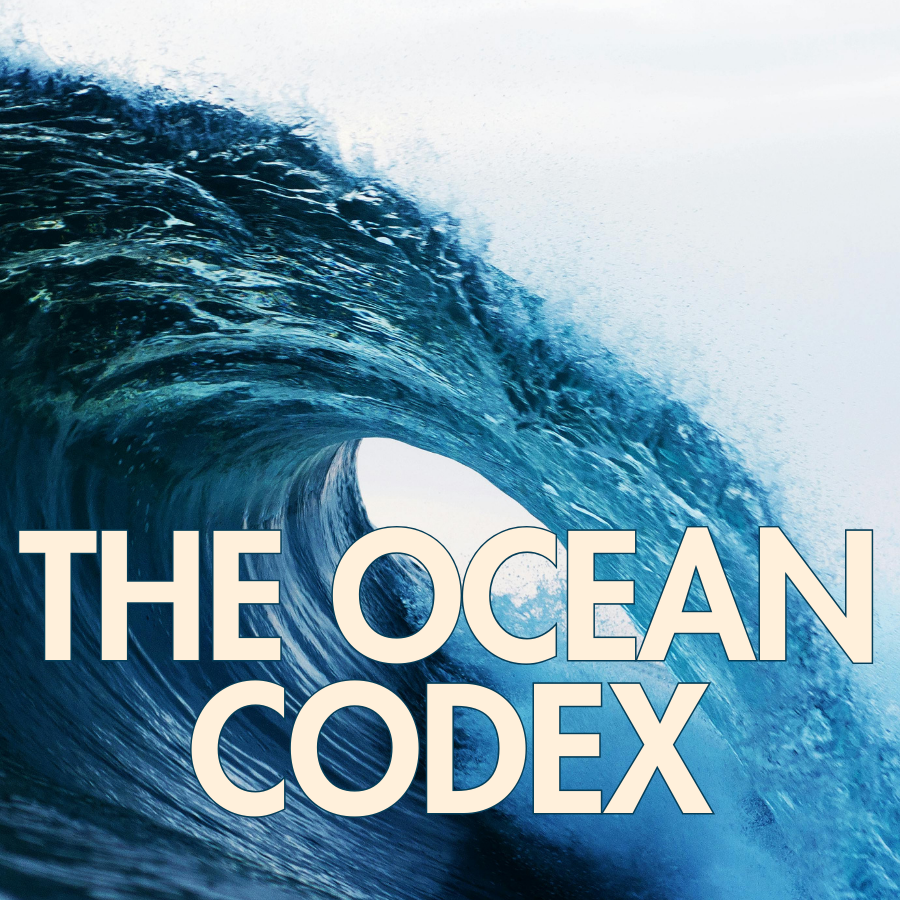Last week I spoke at the Advisory Board on the Law of the Sea (ABLOS) Conference. At the event, speakers were asked to respond to the question: Is UNCLOS Still Fit for Purpose in Modern Times? I addressed this question from the perspective of fisheries.
Did the United Nations Convention on the Law of the Sea (UNCLOS), or more broadly, the law of the sea, save our oceans and fully prevent issues such as overfishing and illegal, unreported, and unregulated (IUU) fishing? No. If global fisheries management were functioning perfectly, I cannot imagine there would still be a market for audits and sustainability initiatives. I have always considered their existence a reflection of doubts about some States’ effectiveness in managing fisheries within their territorial waters or Exclusive Economic Zones (EEZs), as well as vessels in areas beyond national jurisdiction flying their flag.
But is UNCLOS still fit for purpose? In the context of fisheries, I would argue that it is.

Ask any fisheries inspector, and they will tell you: “You cannot manage what you cannot see.” In this case, “seeing” means having access to the information needed to understand what is happening at sea. This takes place within a State’s fisheries management system, supported by a Monitoring, Control, and Surveillance (MCS) System. The fisheries management system should ensure a State’s alignment with a core UNCLOS obligation under Article 61. This article requires States to ensure that living marine resources are used responsibly, among others by determining the allowable catch within their EEZ and avoiding overexploitation based on the best scientific evidence available.
In most MCS systems, fisheries data collection, through tools like AIS, VMS, and more recently, Electronic Monitoring, plays a central role in understanding activity within a State’s EEZ and in informing management decisions.
UNCLOS was finalised in 1982, following negotiations that began in 1973. You can probably guess how many times it mentions fisheries technologies or data. Correct: zero times. While the satellite and radio infrastructure that some fisheries technologies rely on already existed in the 1980s, the fisheries-specific technology itself was developed only later. AIS was developed by the International Maritime Organization (IMO) in the late 1990s to improve maritime safety and collision avoidance, and it became mandatory for most international vessels in 2004 through the Safety of Life at Sea (SOLAS) Convention. VMS was developed in the 1980s but only became a realistic fisheries management tool once satellite communication became affordable and stable in the 1990s. And the fact that UNCLOS was written in a pre-digital, paper-based world does matter. Especially with the growing use of Artificial Intelligence (AI) for data analysis, the gap between fisheries management as envisioned in 1982 and the reality of today will only continue to widen.
However, to fairly assess UNCLOS’s fitness, we should first remember that the law of the sea is not UNCLOS alone. Since 1982, three “implementing agreements” have been adopted:
- The 1994 Agreement on Part XI (concerning deep seabed mining and “the Area”);
- The 1995 Fish Stocks Agreement (on managing straddling and highly migratory fish stocks, which led to the creation of many Regional Fisheries Management Organisations, or RFMOs);
- The 2023 Agreement on Biodiversity Beyond National Jurisdiction (the BBNJ Agreement or High Seas Treaty), adopted to address governance gaps for marine biodiversity in areas beyond national jurisdiction.
The 1995 Fish Stocks Agreement deserves special attention here. It recognises that “the timely collection, compilation and analysis of data are fundamental to the effective conservation and management of straddling fish stocks and highly migratory fish stocks.” This includes catch and fishing effort statistics, as well as other fishery-related information such as vessel data. This provision strengthens States’ obligations to ensure that fisheries management is based on sound, timely, and reliable data, complementing UNCLOS’s requirement that living resources in the EEZ be conserved based on the best scientific evidence and maintained at levels capable of producing Maximum Sustainable Yield.
Beyond that, obligations governing the oceans and at-sea activities do not stem solely from the law of the sea. Environmental law and international human rights law also play key roles. With the increasing recognition that a clean and healthy environment is a prerequisite for the enjoyment of human rights, international human rights law can further advance the social and environmental safeguards required of at-sea industries such as fishing.
Conclusion
So why do some fisheries still suffer from overfishing, even after periods of adequate management, as seen recently with the overfishing of mackerel in the North Atlantic? I am not naïve enough to think I can provide you with a complete answer to that loaded question. But I do know this. International law of the sea provides a framework, but it does not design a fisheries management or MCS system. Nor should it, because fisheries differ greatly by region and species. Ultimately, it is up to States to design management systems that comply with UNCLOS obligations, balancing competing interests and overcoming practical challenges. Enforcement at sea, for instance, is costly, and many States lack capacity. Moreover, many fish stocks cross multiple EEZs, requiring international cooperation and data sharing. As if this isn’t enough, current threats such as climate change and shifting fish stocks will only make this more complex. While these challenges are daunting, I ultimately believe they can —and should— only be addressed within States’ fisheries management systems, as required by UNCLOS. Presented alternatives, primarily private assurance mechanisms, are neither capable nor, at times, appropriate for providing a long-term solution (see also: https://naturaljustice.nl/?p=269) .
As I discussed with fellow legal professional Erik van Doorn in Natural Justice’s latest podcast episode, if we were truly able to implement the international obligations already in place, we would likely be in a much better position. Some of today’s challenges may have little to do with the law itself. And when legal debates do arise, I would welcome a broader lens: one that looks beyond the law of the sea. For instance in the context of illicit activities at sea, all stakeholders could talk more critically about the national laws that enable opacity in fisheries operations, such as open registries allowing for “Flags of Convience”, excessive protections around fisheries data, and the lack of transparency in financial ownership structures.
Finally, I would like to emphasise that UNCLOS governs far more than just the exploitation of living marine resources, and opinions on its adequacy may differ when it comes to activities like exploitation of non-living resources, underwater infrastructure, or cultural heritage, just to name a few. Yet, based on my experience in fisheries, I would argue that UNCLOS is for purpose in 2025. UNCLOS lays out the blueprint, but it is ultimately the responsibility of States to turn plans into practice.


Leave a Reply